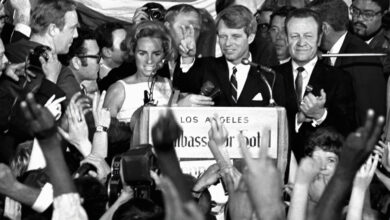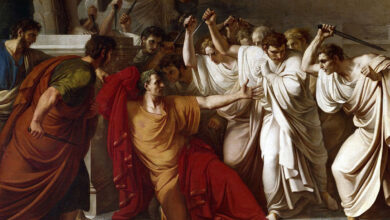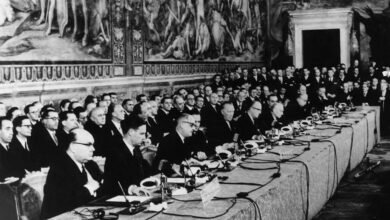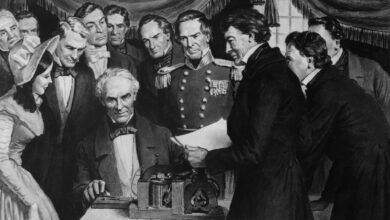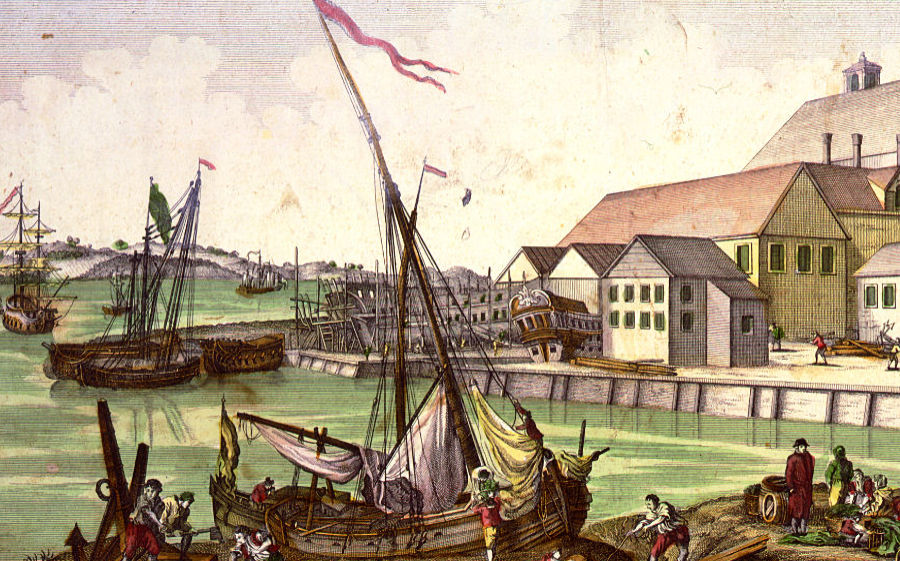
Podcast: Play in new window | Download
Frustrations with the way King Charles was ruling in England in the 1600s paired with religious oppression against non-traditional groups led a spirited collection of people to flee the country and head across the Atlantic to the fledgling North American colonies.
Had they stayed in their native England, they might have faced significant financial losses or even imprisonment. Instead, they headed west to the Massachusetts Bay, to an area that ostensibly could have ranged as far west as Oregon based on the land grant issued by the Council of New England, though no one did actually venture that far. The voyagers were part-owners of the Massachusetts Bay Company, codified by an agreement known as the Cambridge Agreement.
Businessmen who belonged to the Puritan faith assembled and created the position of Governor and the Company of Massachusetts Bay even before leaving. They received a King’s charter as well that established the company with the purpose of being a trade organization. It also granted them land and entitlement to 1/50 of the value of any gold or silver which might be mined. Nowhere was it mentioned that the company had to hold its business meetings in England, which made it feasible to set up the colony.
In 1630, the first 1,000 brave people headed out and landed in Massachusetts. They stopped in Salem at first before heading into what became Boston. Nothing was easy for the colonists, and disease plus other hardships led to 200 people dying in the first year alone. Another 200 felt it was just too rough and returned to England the next Spring.
Colonies were subsequently set up in Cape Ann and in Salem and were governed based on the theocratic government model. It didn’t take long for the settlers to found other cities, like Cambridge, Lexington/Concord, and Dorchester. It was in Dorchester on October 8, 1633, that the first government by town meeting was introduced. More and more colonists made the trek, and within just ten years, over 20,000 people had settled in the area.
Within the colony, a trading industry thrived. It formed part of the rich triangle between the West Indies and England. In 1652, a mint was even set up to print money.
No longer was the MBC a mere trading company, but rather a full-scale organization that blended business with religion. Only those who professed to be of the Puritan faith could be part of the ruling bodies, but while this at first might seem to be exclusive in its design, it was actually quite radically inclusive. It only took a profession of faith, not land ownership, to be able to hold office and wield power. Plus, Puritans were often better educated than other classes.
The Puritan faith was legendary for its adherence to rules and laws. This guided the colonists to be of high moral character – usually. The Puritans felt that salvation only came by enforcing the Bible’s laws. The punishment meted out for offences was swift and strict.
They also believed that by being good and doing the right things, they would keep the peace, have prosperous harvests, and collectively maintain order. Anything like dancing was agonized over by the colonists. They knew that dancing was a celebration of good things, but the thought of men and women dancing together was simply scandalous.
Other religions in the colony were not well tolerated, such as the Anglicans, Baptists, and Quakers. It isn’t surprising that the Anglicans were not included, since the Puritans had fled England because of the Anglican Church.
The increase in the population and the deaths of the early, more religious settlers, had an interesting impact on society. More and more people decided that the strictness of the Puritan faith was too much for them, and they opted to either leave the faith or never convert in the first place. Also, more women than men were willing to make the public confession of faith, and since the government was formed by the religious, this caused some worry to men who were not willing to give up control.
The Puritans came up with a sort of solution. People could decide to be members by being baptized but they were not allowed to take communion or vote. They could later become full members if they agreed to make the public declaration of faith. The “Half-Way Covenant” was ratified by a number of Puritan congregations, but others did not care for this compromise, particularly those of the ruling political levels. The more conservative members wanted to retain the rules and purity laws. Others were being more inclusive based on a relaxing of said rules.
Those divisions would later lead to reforms in both the church and in politics. They also spelt an end to the peaceful unity of the settlers. Later, in 1684, the Massachusetts Bay Company and colony split apart when the company lost its charter in a dispute with the Crown.
A new charter was issued seven years later when the Glorious Revolution changed things in England, and the Plymouth settlement was brought into the territory as was Maine. This new, larger area later became the states of Maine, New Hampshire, Massachusetts, Rhode Island, and Connecticut.
The economic impact of the Massachusetts Bay Colony was significant in the new world, and the Colony’s wealth enabled a number of factors to be set into motion that would ultimately lead to the Revolution, and finally the formation of the United States.
Podcast: Play in new window | Download
